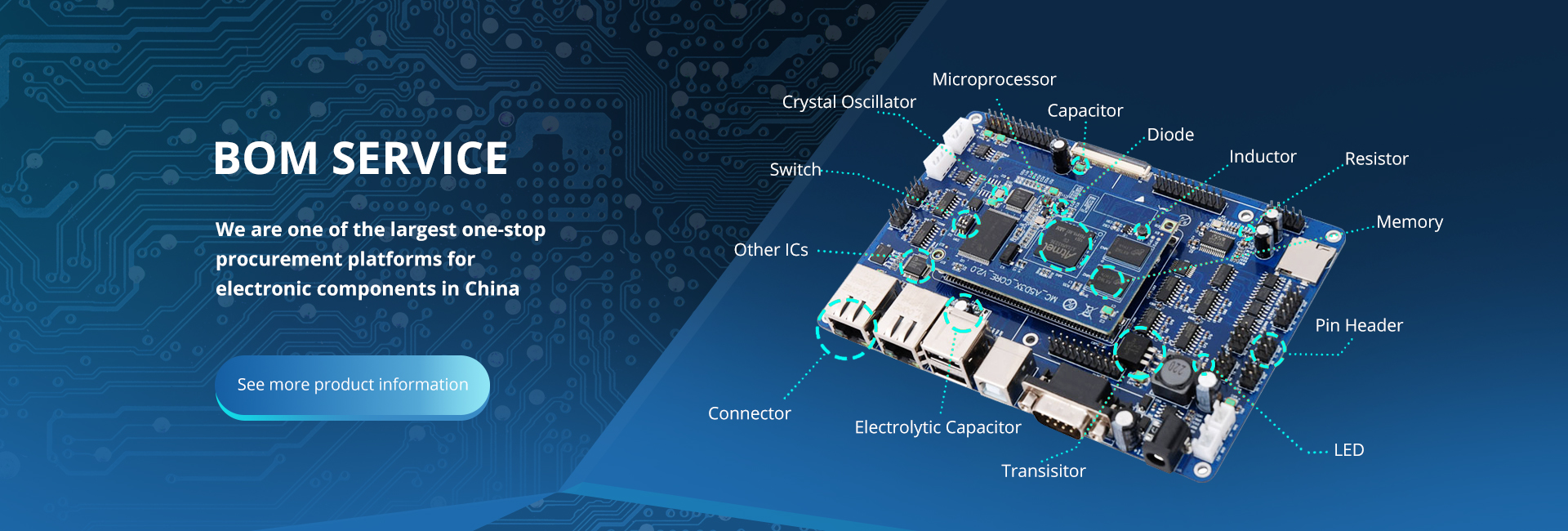In the world of modern technology, the Metal Oxide Semiconductor (MOS) has emerged as a game-changer, revolutionizing the way electronic devices function. From smartphones to computers, MOS technology has become an integral part of our daily lives, driving innovation and efficiency in various industries. In this blog, we will delve into the intricacies of MOS and explore its impact on the technological landscape.

MOS technology is based on the use of metal oxide semiconductors, which are essential components in the fabrication of integrated circuits. These semiconductors play a crucial role in the construction of transistors, which are fundamental building blocks of electronic devices. The unique properties of MOS transistors, such as low power consumption and high integration density, have made them indispensable in the development of advanced electronic systems.
One of the key advantages of MOS technology is its ability to deliver high-performance outputs while consuming minimal power. This has paved the way for the development of energy-efficient devices that offer extended battery life and reduced environmental impact. From smartphones to IoT devices, the integration of MOS technology has led to significant advancements in power management and energy conservation.
Furthermore, MOS technology has played a pivotal role in the evolution of digital communication and data processing. The high-speed operation and reliability of MOS-based integrated circuits have enabled the seamless transmission and processing of vast amounts of data, driving the growth of the digital economy. This has led to the development of faster and more efficient communication networks, as well as the proliferation of cloud computing and big data analytics.
In addition to its impact on consumer electronics, MOS technology has also revolutionized the field of medical devices and healthcare technology. The integration of MOS-based sensors and monitoring devices has enabled the development of advanced medical diagnostic tools and wearable health trackers. These innovations have empowered healthcare professionals to deliver more personalized and effective patient care, while also enabling individuals to take a proactive approach to their health and well-being.
Moreover, MOS technology has been instrumental in the advancement of automotive technology, particularly in the development of electric vehicles and autonomous driving systems. The high-performance and reliability of MOS-based components have contributed to the development of efficient electric drivetrains and sophisticated driver-assistance systems, paving the way for a sustainable and connected transportation ecosystem.
As we look to the future, the potential of MOS technology continues to expand, with ongoing research and development efforts focused on pushing the boundaries of performance and efficiency. From the development of advanced semiconductor materials to the exploration of novel device architectures, the evolution of MOS technology holds promise for even greater advancements in the years to come.
In conclusion, the Metal Oxide Semiconductor has undoubtedly left an indelible mark on the technological landscape, shaping the way we interact with electronic devices and driving innovation across various industries. Its ability to deliver high-performance outputs with minimal power consumption has positioned MOS technology as a cornerstone of modern technology, with far-reaching implications for the future of innovation and progress. As we continue to harness the power of MOS technology, we can expect to witness further transformative developments that will redefine the possibilities of the digital age.








